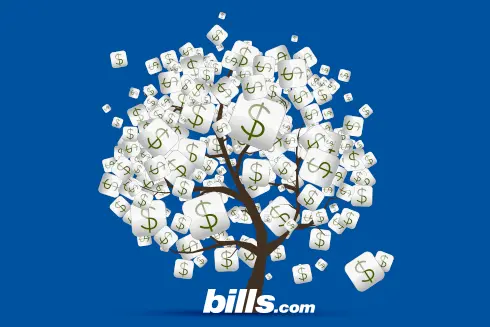Chapter 7 & Government Mortgage Debt
- Examine whether mortgage debt owed to USDA can be included in a Chapter 7 or 13.
- Review what government debts can and cannot be included in a Chapter 7 or 13.
- Consult an attorney, to see if bankruptcy is a good choice.
Will Chapter 7 resolve mortgage debt I owe the government?
I was a co-signer on a split mortgage loan between centrue bank and the USDA which was foreclosed upon in 2008, and Fannie Mae took care of the bank debt, but I now owe $78,000 to USDA on the FmHA loan portion. Can I file bankruptcy on that FmHA loan to get me out of debt?
Thank you for your question about bankruptcy and government debt, specifically government loan program debt.
Most Government Debts Can Be Included in Bankruptcy
Many consumers erroneously believe that any debts owed to government agencies are automatically non-dischargeable in bankruptcy. In truth, with the exception of some types of unpaid taxes and government-insured student loan debts, most debts owed to federal, state, or municipal agencies can be discharged under the provisions of the U.S. Bankruptcy Code (Title 11, United States Code). Even tax debt often be included, depending on to whom it is owed, how old the tax debt is, the type of tax, and how long ago the tax return was filed.
The most common types of debt owed to the government by individuals are delinquent taxes and defaulted student loans, meaning that many consumers will be forced to pay their government debts and find limited relief, if any, in bankruptcy.
Foreclosure Deficiency Balance Likely Can Be Included in Bankruptcy
In your case, however, the foreclosure deficiency balance which you owe to Farmers Home Administration would likely be dischargeable if you otherwise qualify for discharge in either Chapter 7 or Chapter 13 bankruptcy.
The same statement would hold true for a defaulted Veterans' Administration (VA) mortgage, an unpaid SBA loan, and many other types of government-insured debt, with the previously discussed exception of government insured student loans, which are generally not dischargeable.
Consult With an Attorney
Since I know very little about your overall financial situation, and am not qualified to provide legal advice, I cannot tell you which type of consumer bankruptcy would be best for you, or if you should file for bankruptcy protection at all. I strongly suggest you discuss your options with an experienced bankruptcy attorney licensed in your home state. I encourage you visit Bills.com resource how to find a qualified attorney to get help with your situation.
See the Bills.com bankruptcy help page and the Home Affordable Modification Program resources to learn more about each.
I hope this information helps you Find. Learn & Save.
Best,
Bill
Debt statistics
Mortgages, credit cards, student loans, personal loans, and auto loans are common types of debts. According to the NY Federal Reserve total household debt as of Q4 2023 was $17.503 trillion. Housing debt totaled $12.612 trillion and non-housing debt was $4.891 trillion.
A significant percentage of people in the US are struggling with monthly payments and about 26% of households in the United States have debt in collections. According to data gathered by Urban.org from a sample of credit reports, the median debt in collections is $1,739. Credit card debt is prevalent and 3% have delinquent or derogatory card debt. The median debt in collections is $422.
The amount of debt and debt in collections vary by state. For example, in Georgia, 34% have any kind of debt in collections and the median debt in collections is $1854. Medical debt is common and 17% have that in collections. The median medical debt in collections is $855.
Avoiding collections isn’t always possible. A sudden loss of employment, death in the family, or sickness can lead to financial hardship. Fortunately, there are many ways to deal with debt including an aggressive payment plan, debt consolidation loan, or a negotiated settlement.
